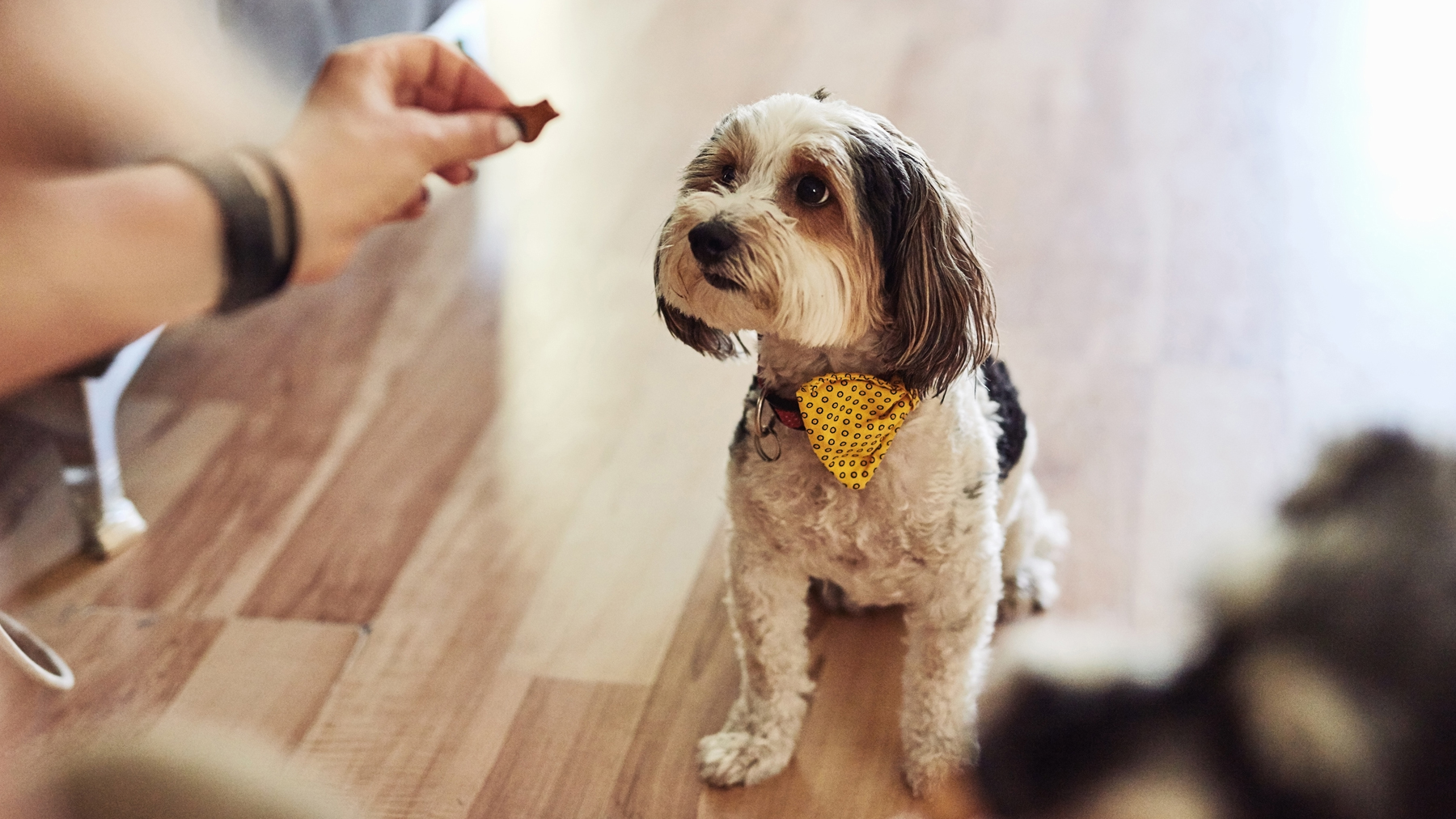If your dog isn’t food driven then you need to try this trainer’s advice
Certified dog trainer and behaviorist shares how she trains and connects with a non food driven dog

When it comes to handling and training our beloved dogs, there's often an assumption that treats are the ultimate motivator. But what if your furry companion isn't as enthusiastic about earning the best dogs treats as you'd expect?
Whether you are working on something like how to calm a reactive dog or how to stop a dog pulling on a leash navigating the training landscape with a dog who isn't food-driven can present its own set of challenges.
For those who find themselves in this situation, Amelia Steele, a certified dog trainer and behaviorist known as Amelia the Dog Trainer, offers invaluable advice through her Instagram page that might just be the game-changer you need.
A post shared by Amelia Steele (@ameliathedogtrainer)
A photo posted by on
Steele's insight into dealing with a dog that lacks enthusiasm for treats revolves around three fairly simple solutions. These techniques can not only help you better connect with your canine but also make training a more rewarding and engaging experience for both of you.
1. Making Food More Accessible
"Rather than making him work for absolutely everything I just literally started giving him random pieces of food on a walk," explains Steele in her first point.
Instead of exclusively using treats as a reward for complex commands, she suggests incorporating random pieces of food into your dog's daily walks. This serves to normalize the presence of food and gradually increases their interest in these rewards.
PetsRadar Newsletter
Get the best advice, tips and top tech for your beloved Pets
2. Balancing Stimulation
"The second thing I did was stop bringing a ball or toy on every single walk with me," says Steele, "I found that this was causing him to become way overstimulated and that overstimulation then causes him not to be interested in the food."
By selectively alternating between walks with and without toys, you allow your dog to remain more focused on the treats offered during training sessions. This controlled approach can help enhance their responsiveness and encourage a healthier food-driven mindset.
3. Simplifying Expectations
"The third thing I did was I stopped asking him for a million things," notes Steele. This final solution emphasizes the importance of balance in your training routine. Steele suggests easing off from making excessive demands during walks. Instead, grant your dog the freedom to enjoy their environment while remaining open to interactions.
By removing the pressure to perform multiple tasks, your dog can perceive the training experience as more relaxed and enjoyable. When they choose to engage with you, hopefully offering a treat reinforces the positive connection between your presence and rewarding experiences.

With over a year of writing for PetsRadar, Jessica is a seasoned pet writer. She joined the team after writing for the sister site, Fit&Well for a year. Growing up with a lively rescue lurcher kindled her love for animal behavior and care. Jessica holds a journalism degree from Cardiff University and has authored articles for renowned publications, including LiveScience, Runner's World, The Evening Express, and Tom's Guide. Throughout her career in journalism she has forged connections with experts in the field, like behaviorists, trainers, and vets. Through her writing, Jessica aims to empower pet owners with accurate information to enhance their furry companions' lives.
